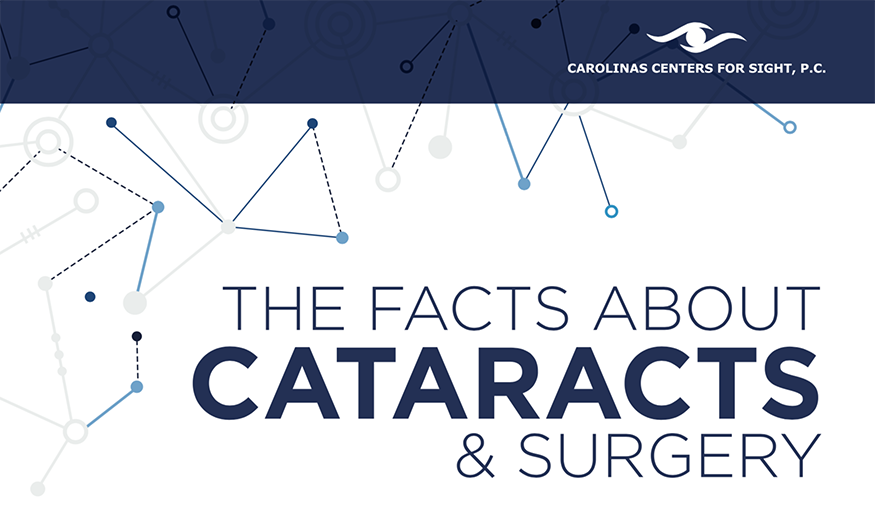What Are The Differences And Resemblances Between SMILE Eye Surgery And LASIK And PRK?
What Are The Differences And Resemblances Between SMILE Eye Surgery And LASIK And PRK?
Blog Article
Created By-Foss Tang
If you've been taking into consideration SMILE eye surgical treatment, you may wonder how it stacks up against LASIK and PRK. Each procedure has its own collection of benefits and considerations. From quicker recuperation times to possible dangers, there are crucial distinctions you should know prior to making a decision. Understanding these differences will certainly aid you make an informed option that lines up with your specific needs and expectations. Interested to recognize even more about how these procedures compare carefully? Go on exploring to get a thorough understanding of SMILE, LASIK, and PRK.
SMILE Eye Surgery Review
If you're considering SMILE eye surgery, you'll locate it to be a minimally intrusive treatment with a fast recovery time. During SMILE (Tiny Laceration Lenticule Extraction), a laser is used to produce a little, specific incision in the cornea to eliminate a tiny piece of cells, reshaping it to correct your vision. This differs from LASIK, where a flap is produced, and PRK, where the outer layer of the cornea is completely gotten rid of.
One of the essential benefits of SMILE is its minimally intrusive nature, bring about a faster recovery process and much less pain post-surgery. The recovery time for SMILE is relatively fast, with many individuals experiencing boosted vision within a day or more. This makes it a popular option for those looking for a convenient and efficient vision modification procedure. In addition, SMILE has actually been revealed to have a lower danger of dry eye syndrome compared to LASIK, making it a favorable option for individuals concerned regarding this potential negative effects.
Distinctions Between SMILE, LASIK, and PRK
When contrasting SMILE, LASIK, and PRK eye surgical treatments, it is very important to recognize the distinct methods utilized in each treatment for vision modification.
SMILE (Little Incision Lenticule Removal) is a minimally invasive treatment that involves creating a little laceration to remove a lenticule from the cornea, reshaping it to fix vision.
LASIK (Laser-Assisted In Situ Keratomileusis) entails producing a slim flap on the cornea, utilizing a laser to reshape the underlying tissue, and afterwards repositioning the flap.
PRK (Photorefractive Keratectomy) removes the external layer of the cornea before reshaping the cells with a laser.
The main difference hinges on the way the cornea is accessed and treated. SMILE is flapless, making it an excellent alternative for individuals with thin corneas or those associated with call sporting activities. LASIK uses fast aesthetic healing due to the flap creation, yet it might position a higher threat of flap-related difficulties. PRK, although having a longer recovery period, stays clear of flap-related concerns altogether.
Comprehending these variances is important in choosing the most appropriate procedure for your vision adjustment needs.
Pros and Cons Contrast
To review the benefits and disadvantages of SMILE, LASIK, and PRK eye surgical treatments, it's important to consider the certain advantages and possible limitations of each procedure. SMILE surgical procedure uses the advantage of a minimally intrusive procedure, with a smaller sized laceration and potentially quicker recovery time contrasted to LASIK and PRK. Laser Eye Surgery Las Vegas minimizes the danger of completely dry eye post-surgery, a common adverse effects of LASIK. However, SMILE may have limitations in treating greater degrees of nearsightedness or astigmatism compared to LASIK.
LASIK surgical procedure offers quick aesthetic healing and marginal pain throughout the treatment. It's highly reliable in treating a vast array of refractive mistakes, consisting of myopia, hyperopia, and astigmatism. Yet, LASIK brings a risk of flap issues, which can affect the corneal framework.
PRK eye surgical procedure, while not as prominent as LASIK, avoids developing a corneal flap, minimizing the threat of flap-related issues. It's suitable for clients with thin corneas or irregular corneal surface areas. Nevertheless, PRK has a longer recovery time and might entail more discomfort throughout the healing procedure.
Final thought
So, when it comes to choosing in between SMILE, LASIK, and PRK, consider it like choosing the best set of shoes. Look At This is like a smooth, comfortable set of tennis shoes - quick and easy.
LASIK is a lot more like fashionable high heels - flashy and quickly, yet with some potential dangers.
PRK resembles durable treking boots - reputable and long lasting, but needing a bit more time and effort.
Eventually, is it possible to have cataract surgery twice relies on your private needs and preferences.
